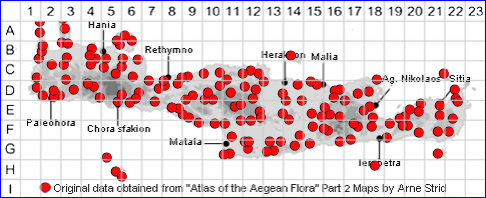
SPECIES DESCRIPTION
ASPARAGUS APHYLLUS
Family:- ASPARAGACEAE
Common Name:- Mediterranean Asparagus
Synonyms:- None
Meaning:- Asparagus. The Greek name for plants sprouting edible shoots from the
rootstock.
Aphyllus (Gr) Without leaves, leafless.
General description:- Hairless rhizomatous perennials with tough stems, some
times becoming woody, often with a rather ferny appearance.
Stem:-
a) up to 100 cm.
b) and branches smooth or with the surface rough to the touch due to minute
projections (papillose-scabrid).
c) woody, green.
Leaves:-
True leaves reduced to small papery, bract-like structures.
1) Cladodes:
a) a green leaf-like flattened stem resembling spikes but functioning as a leaf.
b) borne usually in clusters (fascicles) (5-)10-20(-30) mm. distinctly unequal, of
3-7, spreading, strongly spiny.
2) Pedicels:
a) 2·5-5 mm.
b) surrounded by bracteoles at the base.
3) Nodes:
a) with 3-6(-9) flowers mixed with the cladodes.
Flowers:-
a) small.
b) bell-shaped, in groups of 3-6.
c) whitish or greenish.
1) Perianth-segments:
a) (2·5-)3-4 mm.
Fruit:-
1) Berry:
a) 7-8 mm.
b) with 1-3 seeds.
c) black when ripe.
Key features:-
1) Cladodes distinctly unequal, usually more than 10 mm, in fascicles of 3-7
Habitat:- Dry places, hedges, rocky habitats and scrub.
Distribution:- S. Italy, S. Greece, Crete, N. Africa and E. Med. Widespread and
common on Crete.
.
Flowering time:- Apr-Oct.
Photo by:- Steve Lenton
